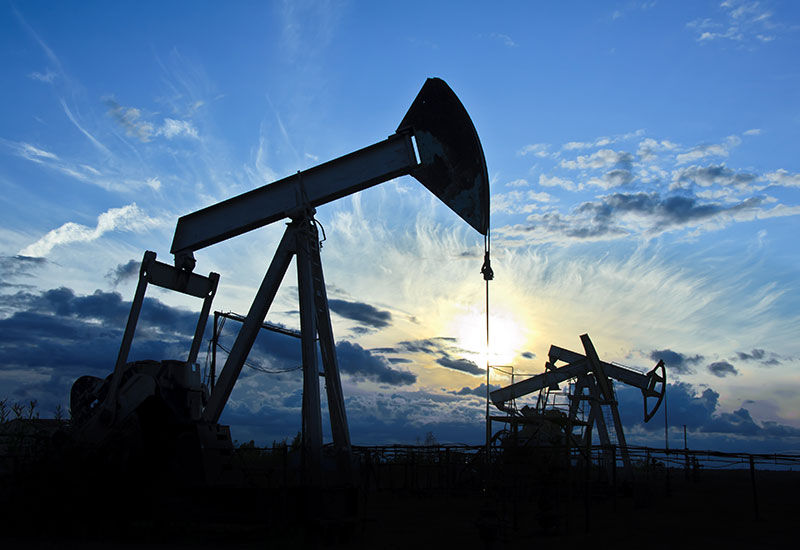ULSD vs. EN590 vs. Jet Fuel: What You Need to Know Before You Buy
- Andre Gibbs

- Jul 2
- 3 min read

In today’s energy-driven economy, understanding the key differences between fuel types can offer valuable insight—especially for businesses reliant on efficient, cost-effective energy solutions. Whether you're in logistics, aviation, construction, or industrial operations, the type of fuel you choose can directly impact performance, emissions, and your bottom line.
Let’s break down some of the most commonly used fuels—ULSD, EN590, Jet Fuel, and others—to clarify their unique characteristics and applications. Plus, we'll share how our company stands out in delivering Ultra-Low Sulfur Diesel (ULSD) at a competitive price.
ULSD (Ultra-Low Sulfur Diesel)
What it is: ULSD is diesel fuel that contains 15 parts per million (ppm) or less of sulfur. Introduced as a cleaner-burning alternative to traditional diesel, it significantly reduces sulfur dioxide emissions, which are a major contributor to air pollution and acid rain.
Where it’s used: ULSD is the standard diesel fuel for on-road and most off-road diesel engines in North America and many other regions. It’s widely used in trucks, buses, heavy machinery, and generators.
Why it matters: Lower sulfur content means better compatibility with advanced emission control technologies like diesel particulate filters (DPFs) and selective catalytic reduction (SCR) systems.
Our Specialty: We specialize in ULSD and offer it at highly competitive prices—delivering consistent quality, compliance with regulatory standards, and logistical support to meet your operational needs.
EN590
What it is:EN590 is the European specification for diesel fuel, defining the physical properties and legal requirements for diesel sold in Europe. It typically contains up to 10 ppm sulfur, slightly cleaner than ULSD.
Where it’s used:EN590 is used primarily in Europe and other countries that follow EU fuel standards. It's designed for modern diesel engines with strict emissions requirements.
Why it matters: The EN590 standard ensures optimal performance in diesel engines while minimizing environmental impact. It’s essential for fleet operators and exporters doing business internationally.
Jet Fuel (Jet A, Jet A-1, JP-8)
What it is: Jet fuel is a type of aviation turbine fuel used in aircraft powered by gas-turbine engines. Common variants include Jet A and Jet A-1, with slight differences in freezing point and additives.
Where it’s used: Jet fuel is used in commercial aviation, private jets, and military aircraft (JP-8 is the military variant).
Why it matters: Jet fuel requires high energy density, low freezing point, and strict quality control. It’s refined for stability and cleanliness to avoid engine malfunctions at high altitudes.
Other Common Fuels
Diesel #1 (1-D) and Diesel #2 (2-D):These are North American classifications under the ASTM standard. Diesel #1 is lighter and more suitable for cold weather, while Diesel #2 is thicker, more energy-dense, and used in most trucks and equipment.
Note: ULSD is typically a form of Diesel #2 with <15 ppm sulfur.
D2 (Gasoil): A refined distillate fuel widely used in international markets. Comparable to Diesel #2 but may have higher sulfur content depending on the country and refinery standards. D2 is popular in shipping, bulk trading, and industrial applications.
D6 (Residual Fuel Oil / Bunker Fuel): A heavy fuel oil left over after lighter fuels like gasoline and diesel are distilled from crude oil. It’s used in ships, power plants, and large industrial boilers. D6 requires heating before it can flow or be burned, and it has high viscosity and sulfur content.
Bio-Diesel: A renewable alternative made from vegetable oils or animal fats, often blended with traditional diesel (e.g., B20 = 20% biodiesel, 80% petroleum diesel). Cleaner-burning but may require engine compatibility.
Gasoline (Petrol): The standard fuel for most passenger vehicles. It comes in various octane ratings (e.g., 87, 89, 91) and is more volatile than diesel, making it better suited for spark-ignition engines.



Comments